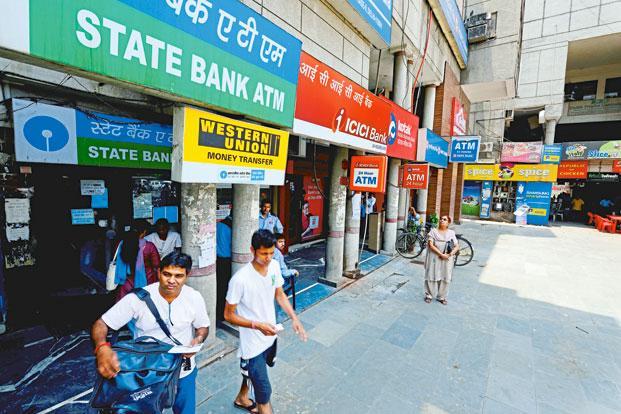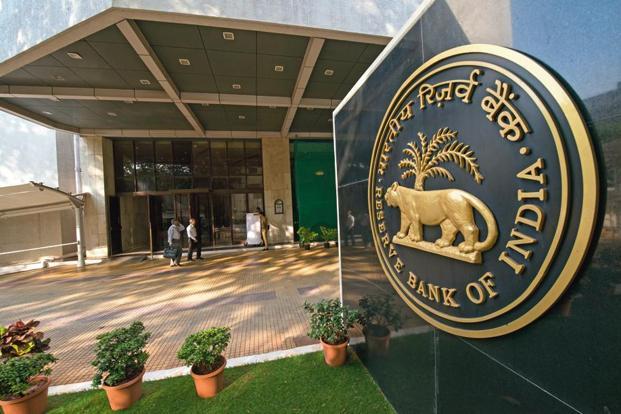The suspense over the Rs2.11 trillion recapitalisation of India’s public sector banks is over. A week ahead of the budget, the finance ministry announced that the government would infuse Rs88,139 crore in 20 out of 21 public sector banks during the current fiscal year that ends in March.
All eyes were on the recap package and the strings that the government would attach to it for ensuring the recap and reforms go hand-in -hand in India’s state-owned banks, which have roughly 70% market share of assets. After all, the size of recapitalisation is big—some 1.3% of India’s gross domestic product or GDP and about 40% more than what the government had infused in the banking system in the past 31 years, between 1985-86 and 2016-17.
Historically, the norms followed for capital infusion have been inconsistent, ad-hoc and piecemeal. Has it changed for the better? Well, there’s promise but all will depend on how the performance of banks is monitored. The package betrays a familiar doting parent syndrome though—the weaker the child, higher the indulgence.
And, the fund is flowing with some homilies and dos-and-don’ts sermon. International credit agency Moody’s Investors Service finds the move “credit positive” for all public sector banks but it does not believe that the reforms package attached to it is “meaningful enough to address the structural corporate governance issues facing such entities”. At least, some of them seem to be “largely fine tuning and calibrating the core internal process of these banks”.
With the bank recapitalisation done and dusted, the focus shifts to the rising bond yields that have hit the banks’ balance sheets hard. While finance minister Arun Jaitley was reading out his budget speech in Parliament last year, the yield on the 10-year benchmark government bond dropped to 6.38%.
Eventually, the yield ended the day higher at 6.43% but none complained. Eleven months down the line, in December 2017, it rose by almost a percentage point.
After adjusting for buyback of bonds, the net borrowing programme in fiscal 2018 remained almost unchanged—Rs3.48 trillion as against Rs3.47 trillion in the previous year. Ditto about the gross annual borrowing—Rs5.8 trillion.
Indeed, the bond yield rose on that budget day last year but the market celebrated the good news—the government was determined to contain the fiscal deficit at 3.2% of India’s GDP in 2018.
That also created hope for a rate cut by the Reserve Bank of India (RBI), something that materialized in August 2017 when the Indian central bank cut its policy rate by a quarter percentage point, from 6.25% to 6%.
With inflation rising, nobody is talking about rate cuts anymore but all are concerned on the fiscal deficit, the key to bond yields. Higher deficit means higher government borrowing and pressure on the bond prices. When the supply is higher, bond prices are bound to depress, leading to rise in yields. Bond yields and prices move in opposite directions.
Higher bond yields hit banks’ profitability as they book mark to market or MTM losses. MTM is an accounting practice following which banks need to value their bond portfolio at the current market price and not the price at which the bonds were bought.
Higher bond yields (they rose 67 basis points in the December quarter) will leave banks with a big hole in their treasury portfolios and result in mark-to-market losses of Rs15,500 crore for the December quarter, says a report of rating agency ICRA Ltd.
Besides, a higher bond yield indicates an outlook of higher interest rates in the long term. This means, the borrowing cost for corporations will rise even though the central bank may not be in a hurry to raise its policy rate. Finally, commercial banks being the dominant buyers of government bonds—higher government borrowing may leave banks with less money to meet the needs of corporate borrowers. After three years of tardy credit offtake, we are seeing some signs of recovery in credit demand and the government crowding out corporate borrowers will be least desirable at this juncture.
Considering the fact that the government had used 112% of the fiscal deficit target by November itself, it is reasonably sure that the 3.2% deficit target for 2018 will be breached.
Higher revenue generation through disinvestments (Rs91,253 crore till now against a target of Rs72,500 crore), better tax collection in the March quarter and a likely second round of dividend by the RBI (media reports quoting government officials suggest so, even though the central bank has been keeping mum) may help the government contain the slippage.
To be sure, the finance ministry is struggling hard to keep it to the minimum. In the last week of December, it had announced Rs50,000 crore additional borrowing but later in January, it lowered it to Rs20,000 crore, leading to a 17 basis points drop in bond yield, its biggest drop in 14 months, offering some relief to the bond market. One basis point is a hundredth of a percentage point.
A recent Bloomberg report says Indian bonds are sliding at the fastest pace in almost two decades and the yield on benchmark 10-year paper will rise further by March-end, according to 10 of 15 respondents in a Bloomberg survey.
Some see it rising to 7.50%, as a potentially wider fiscal deficit could lead to higher government borrowing even as rising oil prices threaten to fan already-rising inflation. A likely higher fiscal deficit, excessive supply of government papers, and rising inflation are the pressure points and the debate is on whether the government should stick to the path of fiscal consolidation or go for an expansionary budget to boost economic growth ahead of 2019 general elections. If it chooses to do the latter, the banking system will bear the brunt.
Laden with bad assets, India’s government-owned banks have been forced to set aside large dollops of money every quarter.
Till recently, the treasury income helped them do this to a great extent but with the rise in bond yields, they do not have that cushion any more. So, they need to lend and earn interest income.
Can they do it? Will they be able to shake off the fear of accumulating more bad assets when they lend fresh? How long will the government keep on infusing money in the public sector banks?
Privatization may be too hard a bullet to bite but can Jaitley revisit a 17-year old budget proposal, placed by his predecessor Yashwant Sinha—another minister of another Bharatiya Janata Party-led National Democratic Alliance government (the Atal Bihari Vajpayee government came to power winning 303 of the 543 seats in the Lok Sabha in 1999 general elections)?
This is what Sinha’s 2001 budget had said: “To meet the minimum capital adequacy norms set by the RBI and to enable the banks to expand their operations, public sector banks will need more capital. With the government budget under severe strain, such capital has to be raised from the public which will result in reduction in government shareholding. To facilitate this process, the government has decided to accept the recommendations of the Narasimham Committee on Banking Sector Reforms for reducing the requirement of minimum shareholding by government in nationalised banks to 33%. This will be done without changing the public sector character of banks and while ensuring that fresh issue of shares is widely held by the public.”



